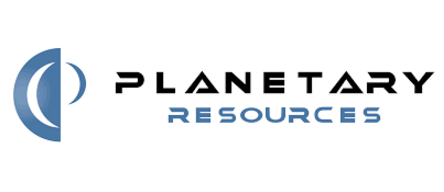 Formerly known as Arkyd Astronautics, the American-based space company, Planetary Resources is involved in the development and utilization of technology to be used in the prospecting and mining of asteroids in space.
Formerly known as Arkyd Astronautics, the American-based space company, Planetary Resources is involved in the development and utilization of technology to be used in the prospecting and mining of asteroids in space.
The company develops a range of space products that include:
In addition to these products used to prospect for asteroids in space, Planetary Resources also develops and markets telescopes and satellites that are used for astronomy and Earth observation. Planetary Resources enjoys partnerships with some of the major brands in the world, both in space and other sectors. Some of their most notable partners include Virgin Atlantic, Space Angels, 3D Systems, Bechtel Corporation, AGI, Grishin Robotics, and many others.
Planetary Resources have gone with a pale blue logo that incorporates the brand’s name and a graphic that cleverly represents both the shape of a planet and a letter P. The logo is usually depicted in white and blue which work well on dark backgrounds and black and blue for light backgrounds. The typeface chosen has a futuristic spacey feel and their name is always represented in bold uppercase text. The image can sit above or beside the accompanying wording depending on the space available.
It has to be said that the visual appeal of the website is very good. Attractive, large readable headings and text fonts, lots of illustrations, images and videos complement the marketing messages and info available. The site designer has gone the whole hog and included images that spin when the page scrolls and extra effects which makes visiting the site a real pleasure. Each page has its own feel, has an array of background colors and images for each section and encourages visitors to continue reading.
Despite the great design and having just 476 pages, the site has over 3000 issues for Google and visitors to deal with, including a lack of redirection for http pages to https urls. This oversight generates 408 duplicate meta title tags. Furthermore, pretty much none of the pages have been published with unique meta descriptions forcing Google to grab the first line of text from each page to display in the search results. There are also a number of broken internal and external links and a handful of missing images.
It is clear that Planetary Resources have listed the main goals that they want the site to achieve and the designer has translated this well into the site. Most sections have call to action buttons that invite visitors to get in touch or to find out more. The newsletter sign-up button is always at hand, social media links are visible in the footer and visitors are even blasted with a pop-up to encourage engagement.